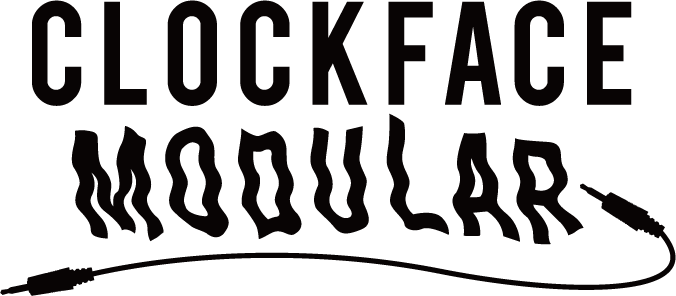Plaits is a digital oscillator synthesizer voice module that can use many models (algorithms). The design of Mutable's old oscillator, Braids, is not inherited, and both hardware and software have been redesigned from scratch. Braids is the same as Braids in that it covers various synthesizing techniques with many algorithms, but the screen, menu system, hidden settings, etc. have been eliminated. Although the number of selectable models has been reduced, the flexibility of parameters in the algorithm model has been increased, so that one model can sufficiently cover one synthesis technology. Similar sounds scattered between models in Braids can be switched in Plaits by continuous changes in parameters without changing the model.
Plaits has a built-in digital low-pass gate, so you can use it as a percussive synthesizer voice just by inputting a trigger without preparing a VCA or envelope module.
It also evolves in audio quality, alias processing, CV processing resolution, etc., and produces richer and cleaner sound.
The following eight algorithms have a sense of pitch.
- Standard waveform pairs that change continuously
- Waveform of triangle wave with variable slope through wave shaper or wave folder
- 2-operator FM with continuously variable feedback path
- Two independently controllable formants
- Harmonic oscillator that can control 24 harmonic components
- Wavetable oscillator with four 8x8 table banks (both continuous and discontinuous change possible)
- Chord generator (can control inversion as well as tone)
- Algorithm collection of human chatter
There are eight noise and dissonance algorithms that are easy to use for percussion:
- Sawtooth / sine waves that are subjected to granular processing. Grain density, size and frequency randomization can be controlled.
- Clock noise passed through a resonant filter
- Particle noise passed through the resonator
- Extended Karplus-Strong model (a model in which a noise burst is input in the red mode of Rings)
- Modal Resonator (a model in which mallets or noise bursts are input to the Rings green mode)
- Analog kick emulation (two flavors)
- Analog snare emulation (two flavors)
- Analog hi-hat emulation (two flavors)
how to use
Use the two buttons to select a model. The left button selects a model with a pitch, and the right button selects a noise / dissonance model. It has two types of outputs, Main and Aux.
The main frequency control knob covers 8 octaves (can be set to about 1 octave by setting). Each model has three timbre parameters: Harmonics, Timbre and Morph. Timber, Morph, and FM CV controls have Athenuvata. CV control is also possible for model selection. Main 1V / Oct can be input from -3V to + 7V.
When patched to the trigger input, the oscillator passes through the built-in digital low-pass gate (LPG) and opens the gate with the trigger signal. Also used to trigger drums. The Level control is a CV input that can further control the volume of the oscillator and the size of the sound that passes through LPG.
Some parameters can be adjusted by turning the knob while pressing the button. Adjust the LPG characteristics (morphing from VCFA type to VCA type) by turning the Timbre knob while pressing the left button. LPG decay is adjusted by turning the Morph knob while holding down the same button. Because it is an LPG-type VCA, a unique lingering sound will remain even if the decay is shortened. The LPG envelope is internally connected to the CV input of various parameters. If you want to disable those modulations, set the Attenuverter in the middle position.
By turning the Harmonics knob while pressing the right button, you can switch the range and octave of the Frequency knob. In a setting where one of the eight LEDs is lit, the center is switched from C0 to C7 according to the lit LED, and the Frequency knob moves only ± 7 semitones around it. When all LEDs are lit, the Frequency knob sweeps 8 octaves as default.






